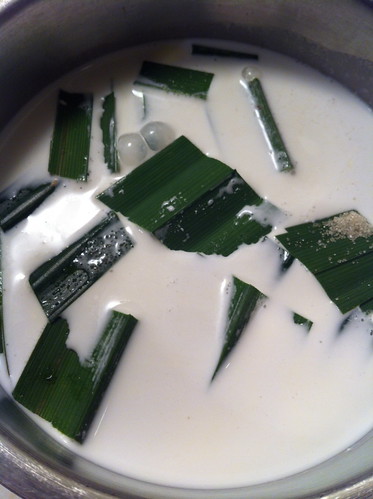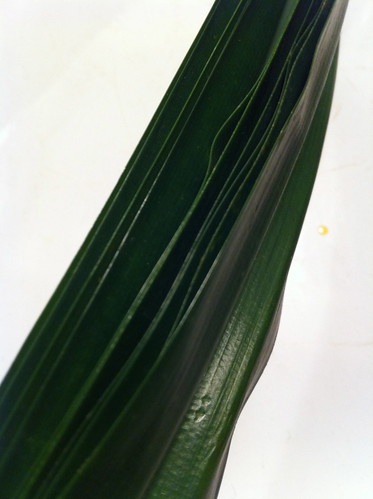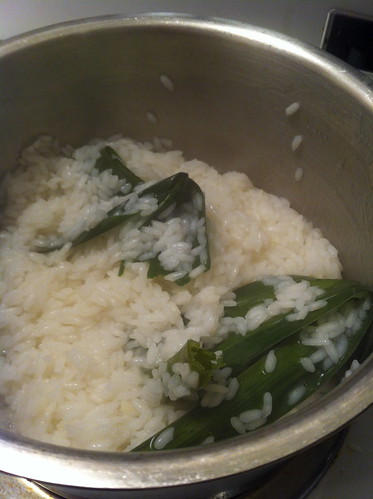
A florist on Davie street is finally carrying tuberose stems on a regular basis. And so I brought one home and immediately was carried away with thoughts of milk… Or perhaps it was the previous Mother’s Day post got me thinking about milky notes in perfumery. Milk, butter, and anything that reminds us of these in taste, texture or appearance are not easy to find in the natural olfactory palette.
But it isn’t impossible either. And for a natural perfumer, imagination is the key, anticipating how notes will interact with one another to create something new and different than ever intended for the notes on their own.
Milk, like musk, is a bit vague. When I think of milk or musk notes, I get a sense of soft-focus. And indeed, some musky notes serve well in a milky way.
Butter CO2 creates a decidedly fatty, decadent flavour reminiscent of butterscotch and baked shortbread cookies.
Tonka Bean, with its high content of coumarin is reminiscent of caramel and almond milk and adds a soft, powdery sweetness like the dusting of icing sugar on a fluffly pancake.
Orris Butter, which indeed looks buttery, is one of the closest notes to the human skin – at once powdery and smooth, milky and earthy, cool and warm, oily like skin yet gritty like the earth its grown in.
Massoia Bark, with its intensely dark coconut notes due to the presence of lactones is rich and also creates a full-bodied presence like condensed milk.
And finally, tuberose in all its forms, but particularly tuberose floral wax and the fresh flower – despite being so floral, intoxicating and also green - has a certain butteriness that is irresistible and difficult to explain until you experience it.
P.s. Updates on more milky notes - May 16th, 2013:
Mysore Sandalwood, especially the vintage from 50 years or older sandalwood tree heartwood are phenomenal due to the high content of santalol. True and high quality white sandalwood (Santalum album), unfortunately, is no longer produced (the trees being cut too young, thus producing a far inferior oil, that is dry, sour and acrid). The closest I found was the smooth and suave Vanuatu sandalwood (which is from plantations in Vanuatu, and has already run out of stock due to our greediness); and organic Australian sandalwood oil which is smooth and fine, yet has a bit more of an animalic, urine-like note to it (which is a fantastic addition to masculine fragrances, as it really mimics men's pheromones).
Milky Oolong is one of the finest teas in the world, and a prime example of nature's chemistry: although tea leaves on their own do not resemble milk whatsoever, when particular tea varietals are oxidized and fermented a certain - the result is a smoothly fragrant tea, reminiscent of buttered popcorn and steamed milk. Milky oolong is not a note that you'd normally find in perfumery, as it is a very high-end tea and requires much preparations (a pound runs for at least $80, and I don't want to even imagine how much higher it would be to extract it). However, I did create my own tincture, and have been experimenting with it in perfume compositions that require a subtle tea and milky nuances. I am tremendously enjoying the results.
Pandanus Extract -like the milky oolong, is not available as an absolute or essential oil; so I created
my own extract (tincture in alcohol) which I use in both food and perfume. It is amazingly potent for an extract, yet leaves a very subtle, steamed-rice and coconut nuance wherever it is used.








